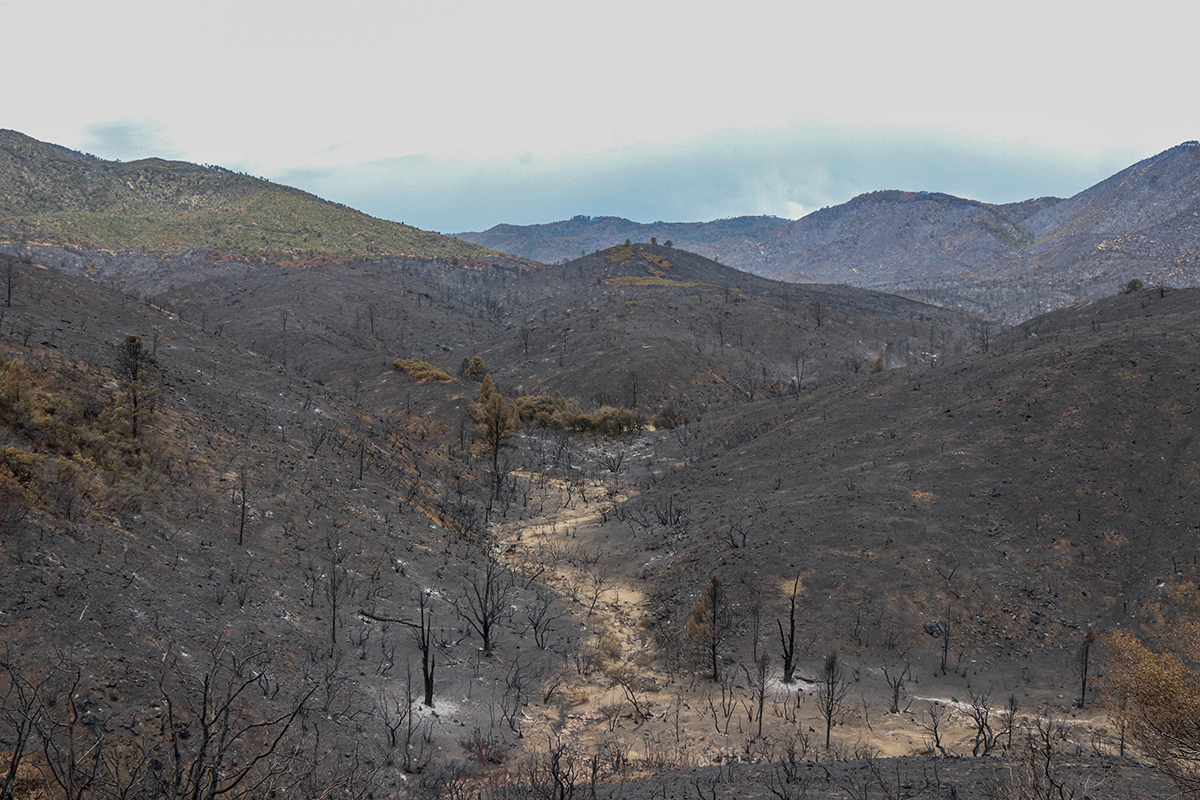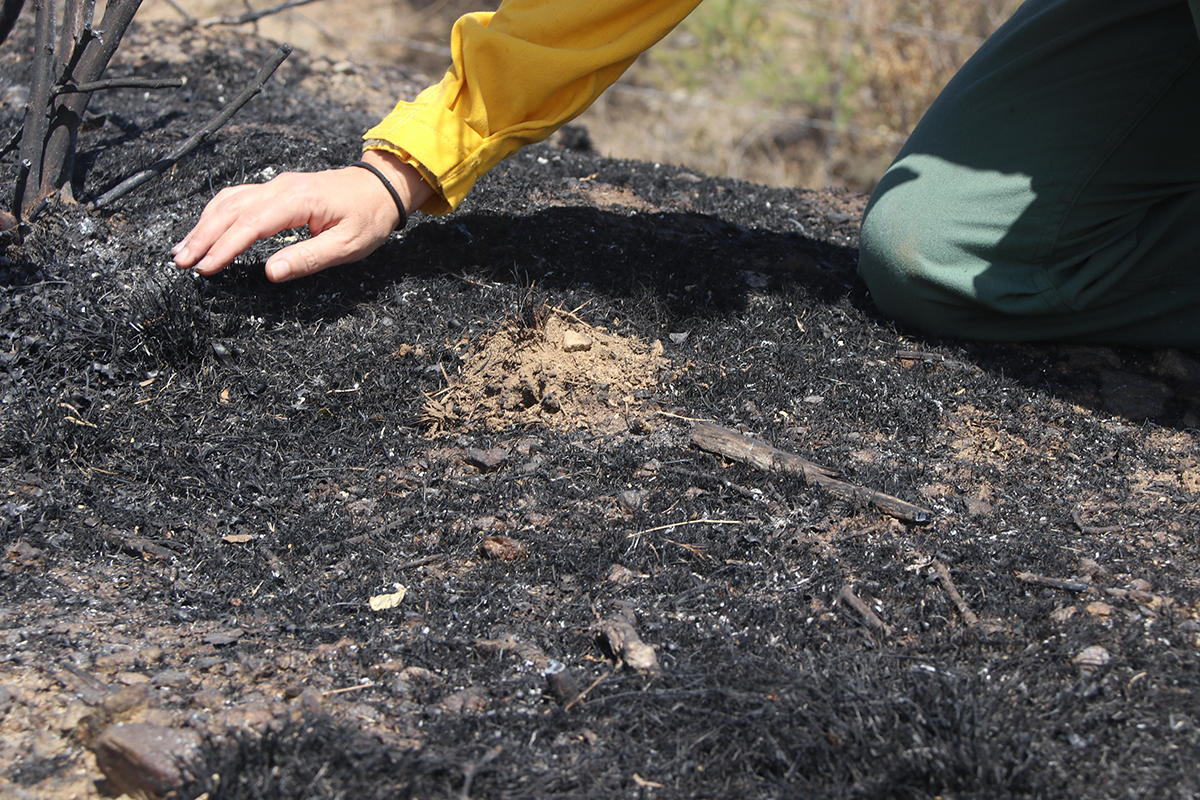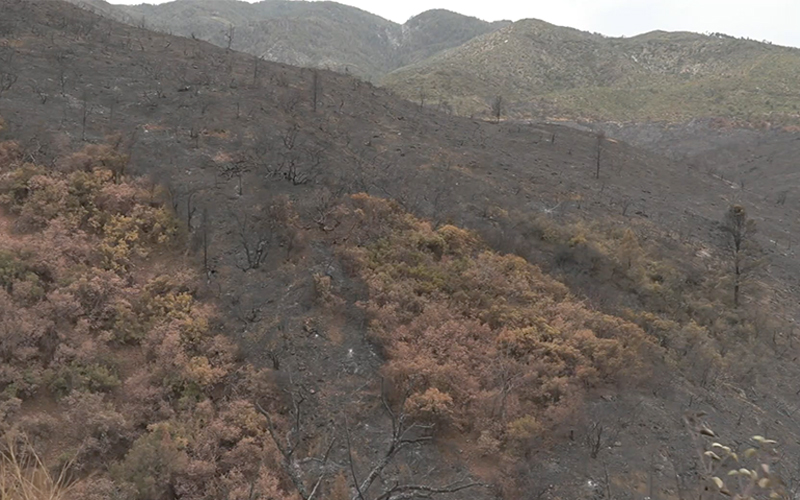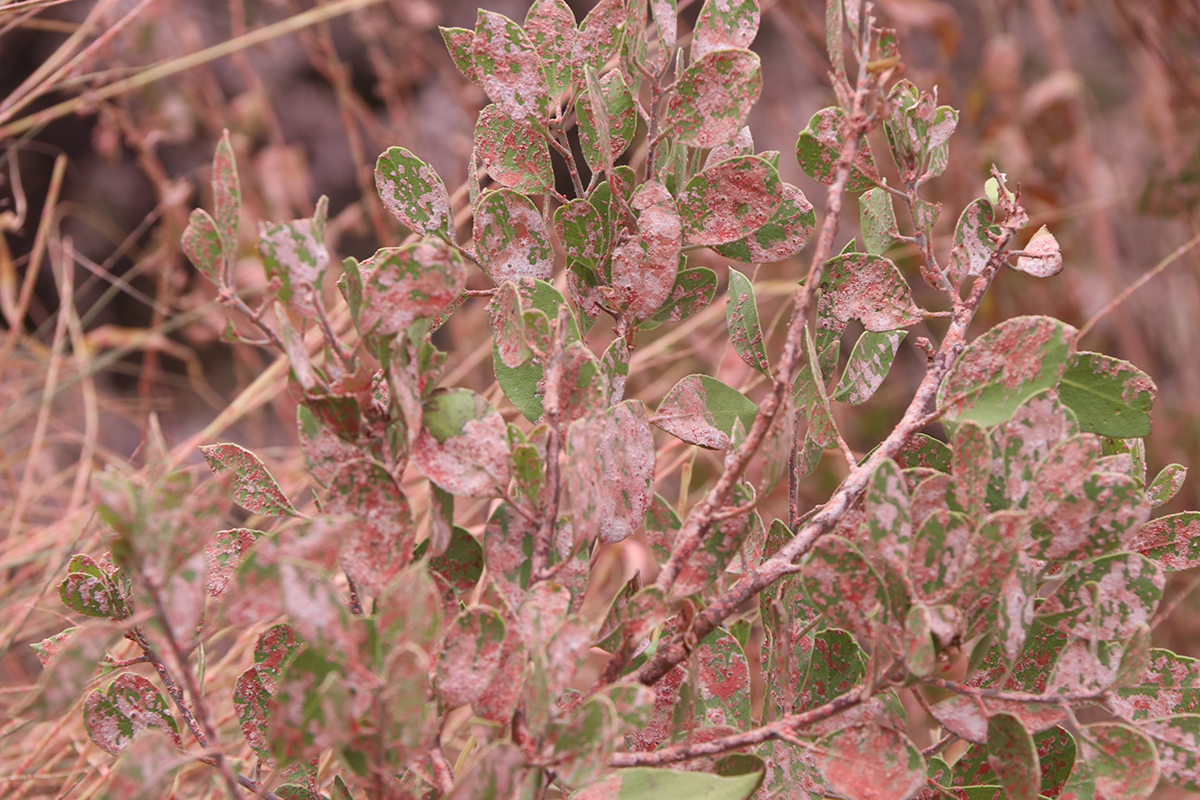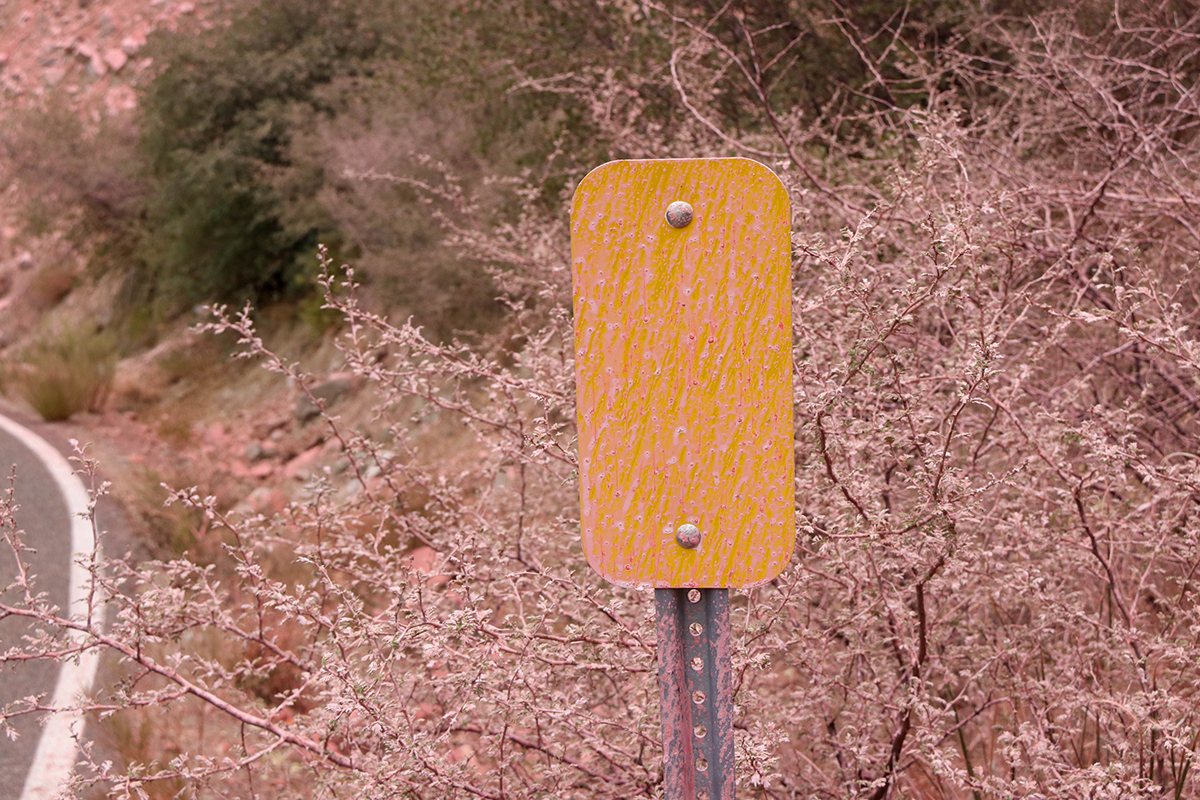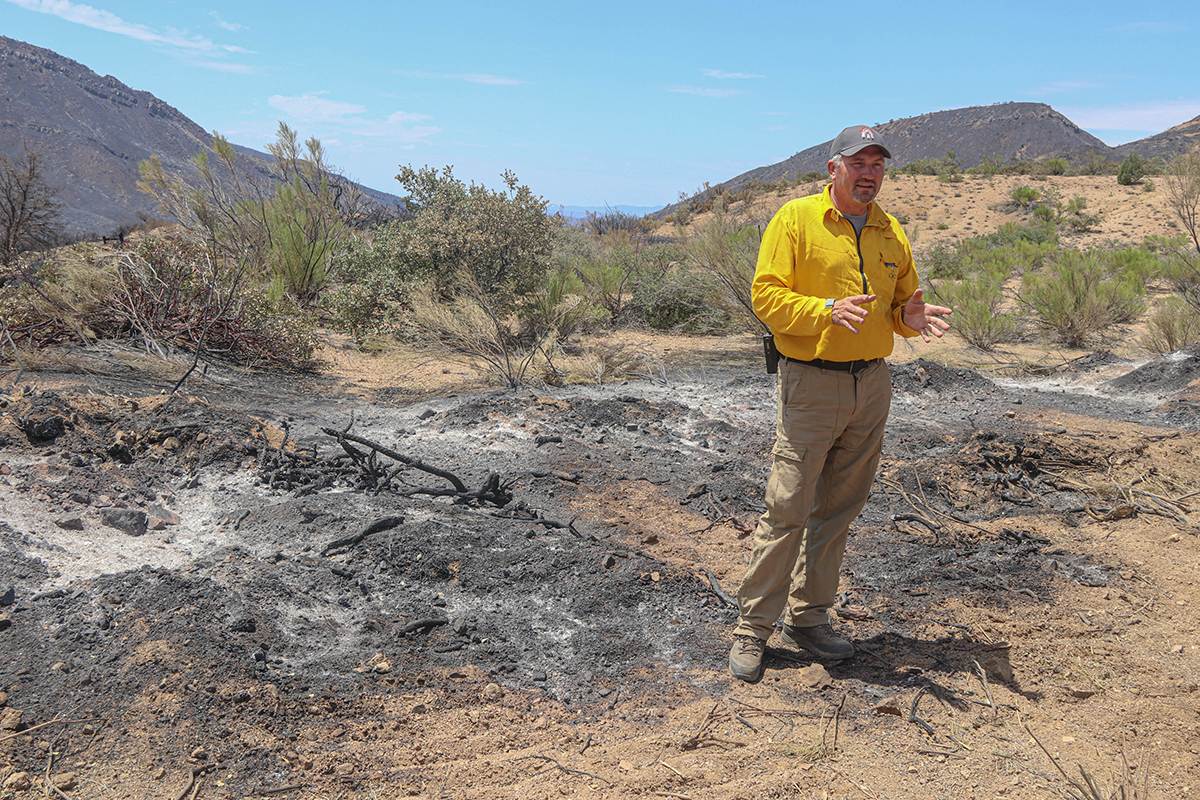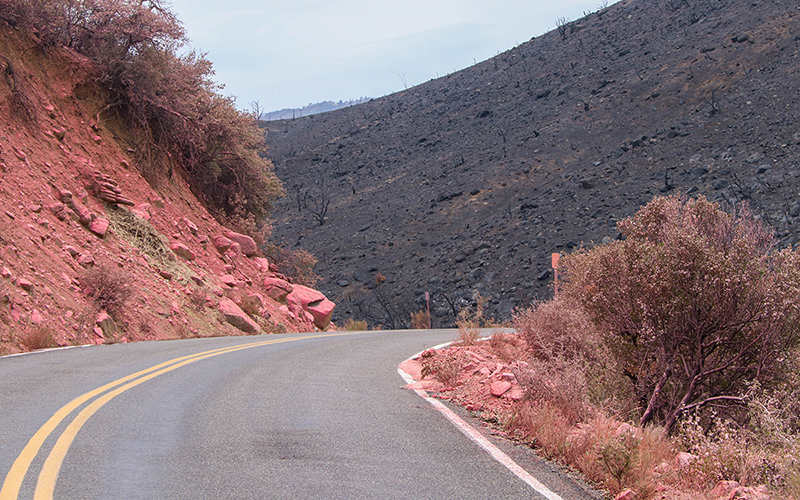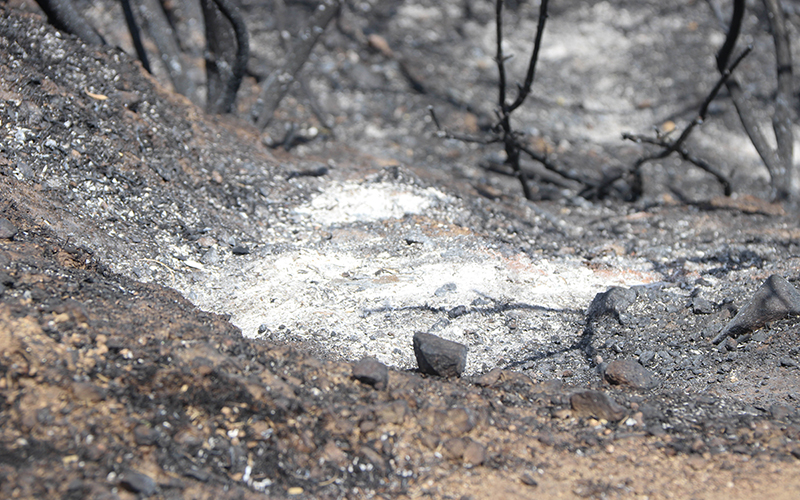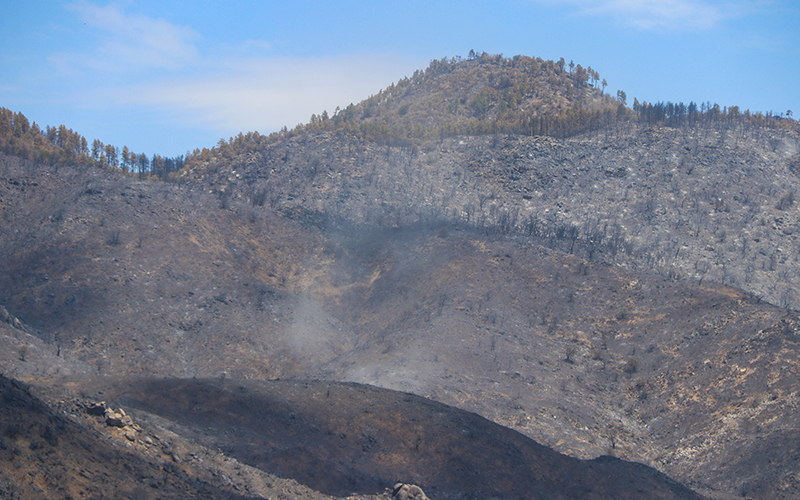GLOBE – Behind closed road signs in evacuated small towns 90 miles east of metro Phoenix, blackened trees stand slathered with pink fire retardant as dust devils from the ashes of the Telegraph Fire twirl past.
Since igniting June 4, the wildfire has chewed through nearly 180,750 acres in the Tonto National Forest, damaging 52 structures but causing no injuries or fatalities. Fire officials opened some affected areas to reporters Wednesday, offering a first look at the blaze, which was 89% contained Thursday afternoon.
The Telegraph Fire is one of the largest Arizona wildfires in the state’s history. Last year’s Bush Fire spread across 193,000 acres, according to InciWeb, an interagency wildfire information system. The 2011 Wallow Fire, Arizona’s largest, burned more than 500,000 acres.
Public information officers for the fire said Telegraph’s growth has been fed by excessive heat, long-term drought and high winds.
The area southwest of Globe is accustomed to seasonal wildfires and expected to recover, said Molly Hunter, a University of Arizona fire ecologist, and Telegraph Fire public information officer Virginia Price.
